
|
Meet the Dik-dik, an adorable antelope from eastern and southern Africa. This miniature mammal stands 12-16 inches tall and weighs 7-15 pounds. |
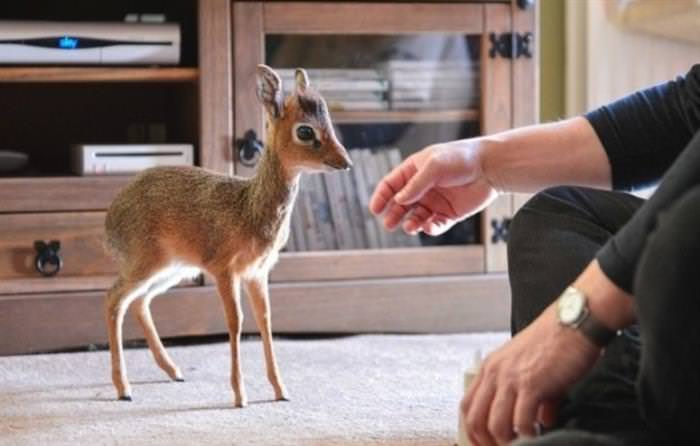 |
|
Source of their name |
|
They get their name from the nose whistle sound they make when they feel threatened. It sounds like a dik-dik or tzik-tzik sound. You can hear the sound in the video below. |
|
Whistle with a purpose |
 |
|
The “dik-dik” sound comes from their nose. When danger is sensed, the female Dik-dik makes this noise to warn other game species of impending danger so they know to make a run for it. |
|
Compact but not the smallest antelope |
 |
| Source |
|
The smallest antelope is the West African Royal Antelope, which weighs less than 10 pounds and stands at 10-12 inches tall, about the size of a rabbit. |
|
Trail of tears |
 |
| Source |
|
Dik-diks use tears to mark their territory. They poke their eyes with grass or twigs so that a special fluid that comes from the black spot in the corner of their eyes runs. |
|
They don’t need much water |
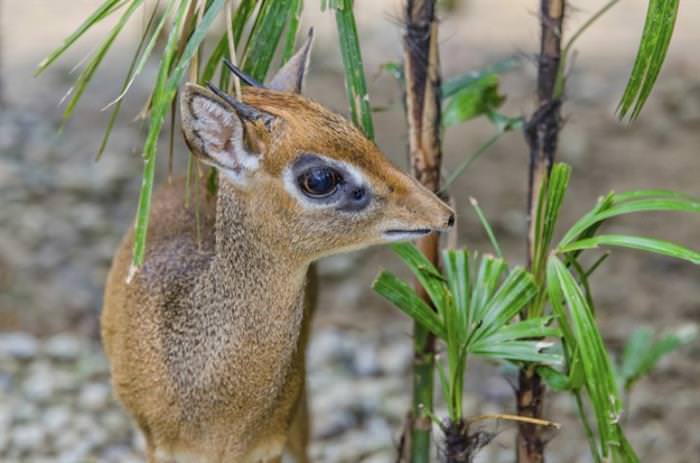 |
|
A Dik-dik’s diet is herbivorous and consists mainly of leaves, shoot, and berries. They don’t like grass and get enough water from their diet. In order not to hydrate from the hot African sun Dik-diks sleep in the shade during the heat of the day. |
|
Highly sophisticated noses |
 |
|
Dik-diks have very strong noses and they are prehensile, meaning they’re capable of grasping things tightly. They also have a special skill: they pant to pump blood through their noses, which cools the blood, and the blood goes right back into the body, refreshed and ready to go. |
|
They mate for life |
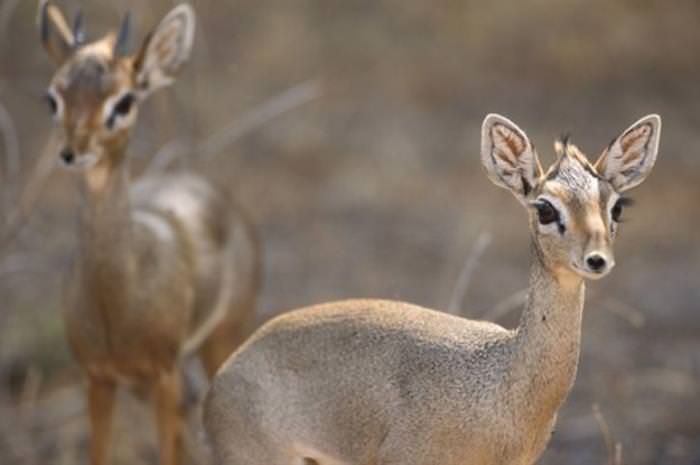 |
| Source |
|
Unlike the rest of the animal kingdom, Dik-diks are monogamous. They don’t live in a herd and choose to live in pairs for life. |
|
Dedicated to one baby |
 |
| Source |
|
Dik-diks have one baby at a time. Mothers conceal their young after birth and young Dik-diks stay with their mothers for seven months, until they are fully grown. |
|
They can run like the wind |
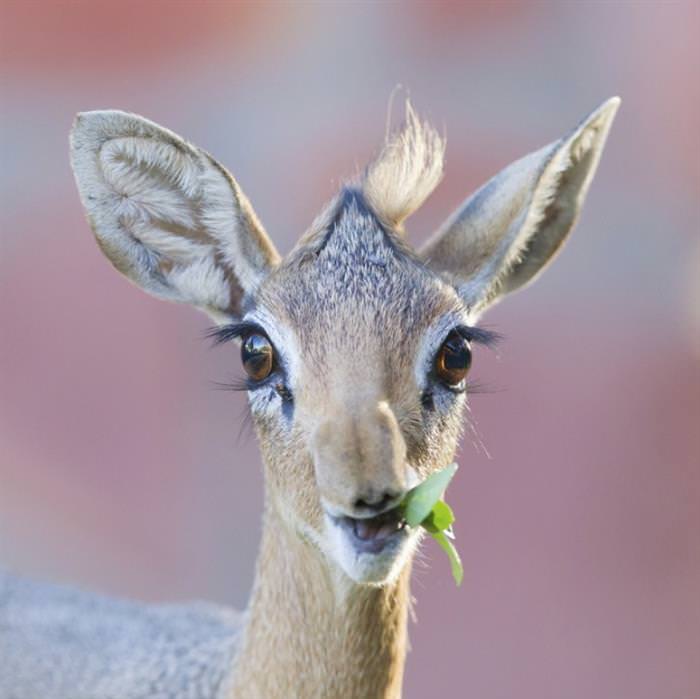 |
|
Due to their diminutive size, Dik-diks have many predators and have adapted by developing fast running speeds in order to survive. Their little legs can help them run as much as 42 miles per hour. |
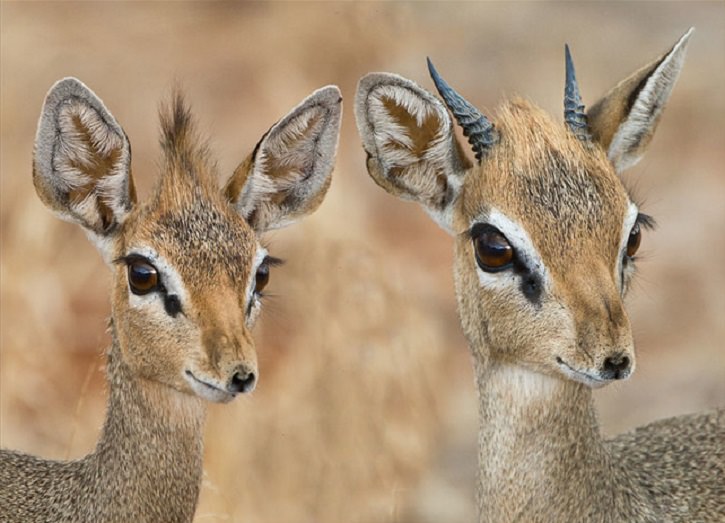 |
| Source |
| H/T: distractify.com |

The Natural Charm that Is Finland and Its Wildlife...
Photos by Ossi Saarinen of the Finnish nature and cutest wildlife.

These Little Elephant Calves Just Melted My Heart!
These not so little elephant cubs are so adorable you'll wish you could mother them!

These Adorable Animals Sure Know the Importance of Family!
The concept of family was hardly invented by humans. Animals know just as well as we do the importance of loving and spending time with your family.

When Animals Love Each Other's Company, Cuteness Ensues!
When animals genuinely seem to have a good time in each other's company, we can't help but say how cute they look together

This Month's Best Animal Photos!
From powerful tigers to adorable little fur balls, this photo series has it all!

22 Reasons to Smile Today!
Start, continue and end your day right with these 22 heart melting photos, as we've selected the cutest animal shots we could find for you to enjoy today!
 3:34
3:34
Amazing Nature: Can a Lion Fend Off 20 Hyenas?
What happens when Red the lion gets attacked by a pack of hyenas?
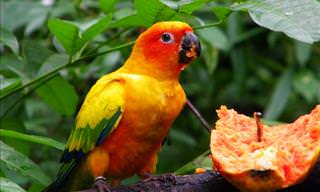
You Won't Find More Beautiful Parrots in the World...
There are around 350 different species of parrots in the world. Here you will find 10 of the most beautiful!

See Colorful Butterflies in Gorgeous Detail
We present you with our most beautiful photo galleries of butterflies and moths all in in one page.

16 Photos That Showcase Our Planet’s Breathtaking Beauty
Check out these unbelievably picturesque photos from around the world.
 8:35
8:35
Why the Army Ant is the Most Terrifying Animal in Nature
Many species of ant are larger than the army ant, but none are as fierce. Why is that?

The Wonders of the Maasai Mara in 10 Award-Winning Photos
Prepare for the wildlife adventure of a lifetime!
 2:50
2:50
This Incredible Video Takes You Swimming With a Polar Bear
Go on a swim right next to one of the world's biggest apex predators.

These 20 Cute Bonsai Are a Cut Above the Average Tree
Trust the Japanese to have the most beautiful miniature trees in the world. These 20 bonsai's are so fabulous!
 44:25
44:25
War of the Carnivores: Full Length Wildlife Documentary
These fierce warriors contest each other in a raw, untamed spectacle of survival, where every moment counts. Brace yourselves, the battle begins.

10 Ideal Plants to Fill Up Empty Space in Your Garden
If your yard or garden has a lot of empty space, then why not add some evergreen ground cover plants to give it some extra character?
 2:56
2:56
HEARTWARMING: Animals Embracing Newfound Freedom
In this touching compilation video of animals tasting freedom for the first time wwill melt your heart.

Life in the Treetops: A Look at Tree-Dwelling Animals!
Let’s take a deep dive into the secret lives of arboreal animals and the challenges they face in their natural habitat.

16 Bizarre Facts That Are So Strange They Could Only Be True
Sometimes science is so bizarre it blows the mind. Read These 16 fascinating facts that prove that truth is stranger than fiction.

Britain's Wildlife Is Stunning & These Photos Prove It
The British Wildlife Photography Awards has just announced the 2016 winners of their annual competition. Take a look.

Hilarious! Someone's Gonna Get Fired for This...
I've never seen so many pictures that seem too perfect to be real as here!
 6:33
6:33
Graceful Margay: The Elusive Feline of the Rainforest
Meet the Margay, the most arboreal cat in the world.

I Bet You've Never Seen Animals Like These Before!
From a pink dolphin to a brown panda, you have probably never seen these weird and rare variations of animals.

18 Breathtaking Photos Depict Nature as Heaven on Earth
These photos enable us to appreciate the beauty in mother nature and all that she has to offer.
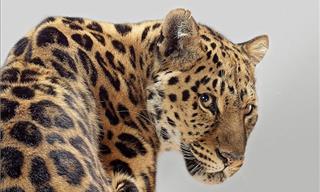
Photographer Captures Myriad Moods of Stunning Big Cats
Observing big cats from up close is rare. Here are some brilliant big cat portraits that take you real close to these magnificent animals.

The Galapagos Islands Are Truly a Marvel of Nature
The Galapagos islands truly are a marvel of nature. Parts of the islands are open to visitors, so if you have the chance to go, grab it with both hands!

An Inspiring Collection of Moments in the Lives of Animals
Some of the most poignant stories and photos of animals from around the world.

These Orchids Look Like Anything Else Other Than Flowers
Orchids are some of the most unusual flowers in nature. As you'll see in this next post, there's a lot of them that don't actually look like flowers at all...

Some Flowers Are Absolutely Stunning - Like These Beauties
The petals on these flowers make such beautiful ornaments that you'll wish you were a bee.

National Geographic's Photography Never Ceases to Amaze
National Geographic never ceases to amaze us with the photos it shows us, and the 20 images you're about to see here are no exception.

The Sheer Beauty of Nature Is Captured in Words & Images
Enjoy these spectacular photos alongside some words of wisdom.

These Gardens Will Inspire You to Pay them a Visit
Take a walk through some of the most beautiful gardens from around the world.
 4:03
4:03
The Deadliest Volcanic Eruptions in Human History
Volcanoes are one of Mother Nature's deadliest phenomena. Here are the 5 most deadliest volcanic eruptions in human history.

These Award-Winning Wildlife Photos Are Phenomenal
View some of the best entries from the 2017 edition of GDT's ‘European Wildlife Photographer of the Year' competition. Take a look.

The Colorful and Beautiful Birds of Paradise!
This amazing video brings to life the most beautiful and stunning of birds!

Witness The Magical World of Brazil’s Terra Ronca Cave
Treasures buried in the heart of the earth are not only silver and gold but also rare natural wonders. This is the Terra Runica Cave, enjoy your tour!

The Lotus Flower: Why This Beautiful Flower is Significant
The lotus flower is one of the world's most famous flowers, and it has many uses as well as deep cultural significance. Find out more about the lotus flower.

INTERACTIVE: Click to See the English Tide Come and Go...
This interactive photo presentation lets you click on images taken by Michael Marten, and see the English tide coming in and going out.

The Ocean’s Floor Is Alive with Colorful Sea Slugs
The ocean is vast and mysterious, populated with alien like colorful creatures. These sea slugs are mesmerizingly beautiful.

Witness the Beauty of Birds in This Gorgeous Collection
In this collection, we’ve compiled the very best bird photos we could find - from stunning birds or paradise to most exotic birds on Earth
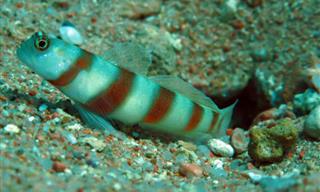
When Animals Cooperate: 10 Incredible Examples!
Discover how certain animal species help others in a way that makes you appreciate the beauty of nature more than ever.

These Are the Most Expensive Gems and Minerals on Earth
There are millions of stunning gems in this world that decorate our jewelry, but you won't find these super rare rocks in any jewelry store!
 10:20
10:20
Animal Dreams: The Funny Ways Animals Sleep
In this humor-filled video, we're going to explore some animals with fascinating, silly and downright bizarre ways some animals go about the act of sleep.

15 Wildlife Photos SO Bad They Are Actually Funny
Here is a look at a collection of hilarious pictures of wild animals that are so bad they will actually make you laugh.

30 Animals With More Hair Than They Know What to Do With
It's hard to imagine how any of these animals can see clearly with all that hair. Enjoy these 30 cute and furry animals in desperate need of a haircut.

20 Ways to Turn that Blank Wall into a Vertical Garden
Gardening can be done anywhere and sometimes you just don't have land. That hasn't stopped these creative people from growing plants in all sorts of spaces.

These Flowers are Some of the Most Expensive in the World
Flowers are never cheap, but as you're about to see, some are a lot more expensive than others.


